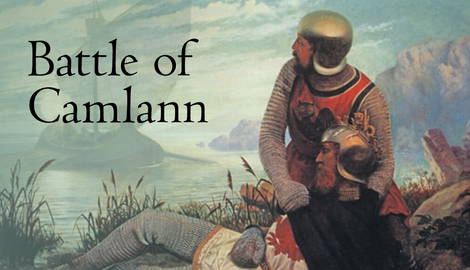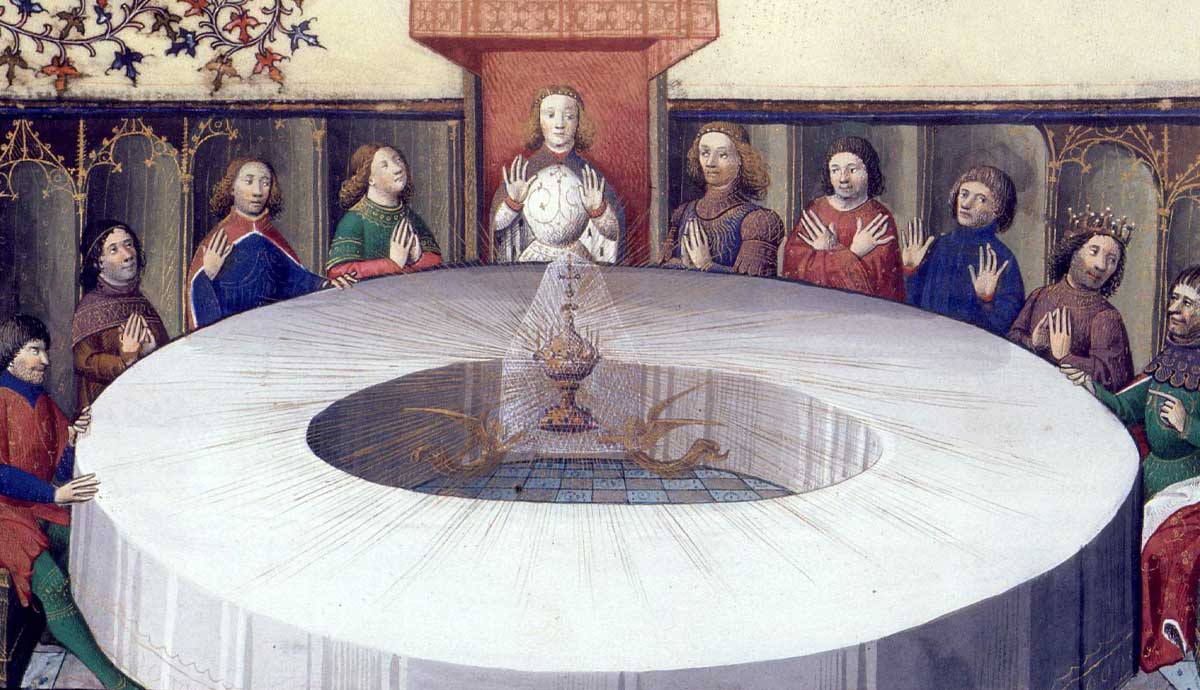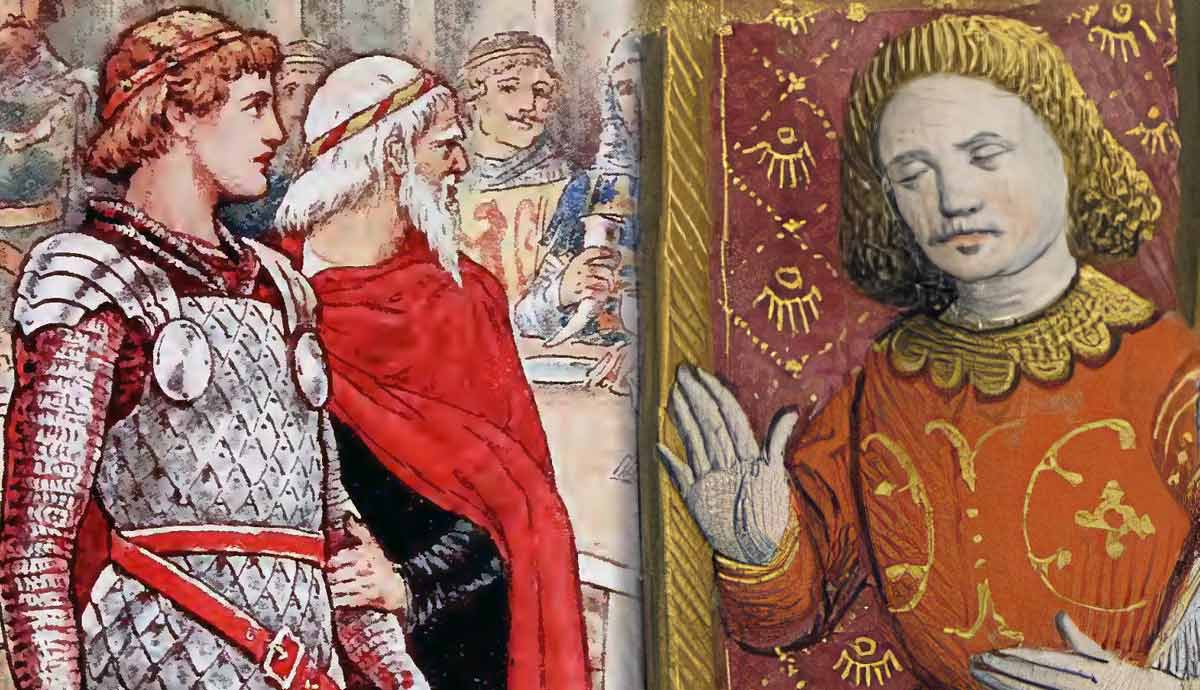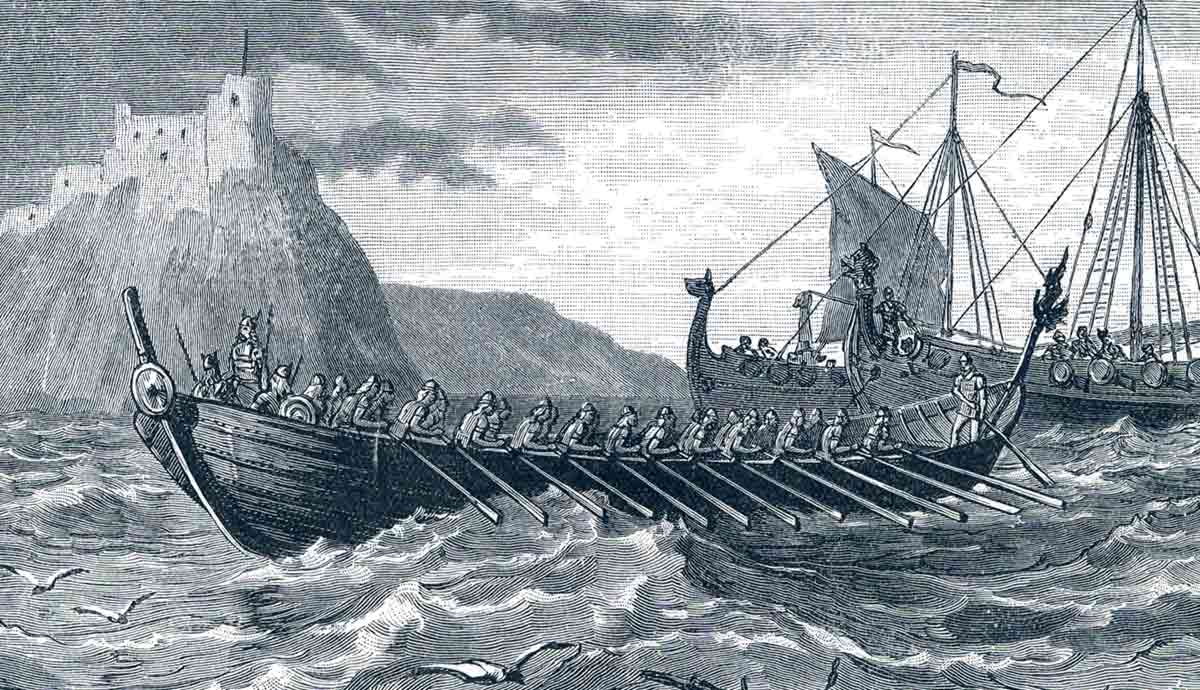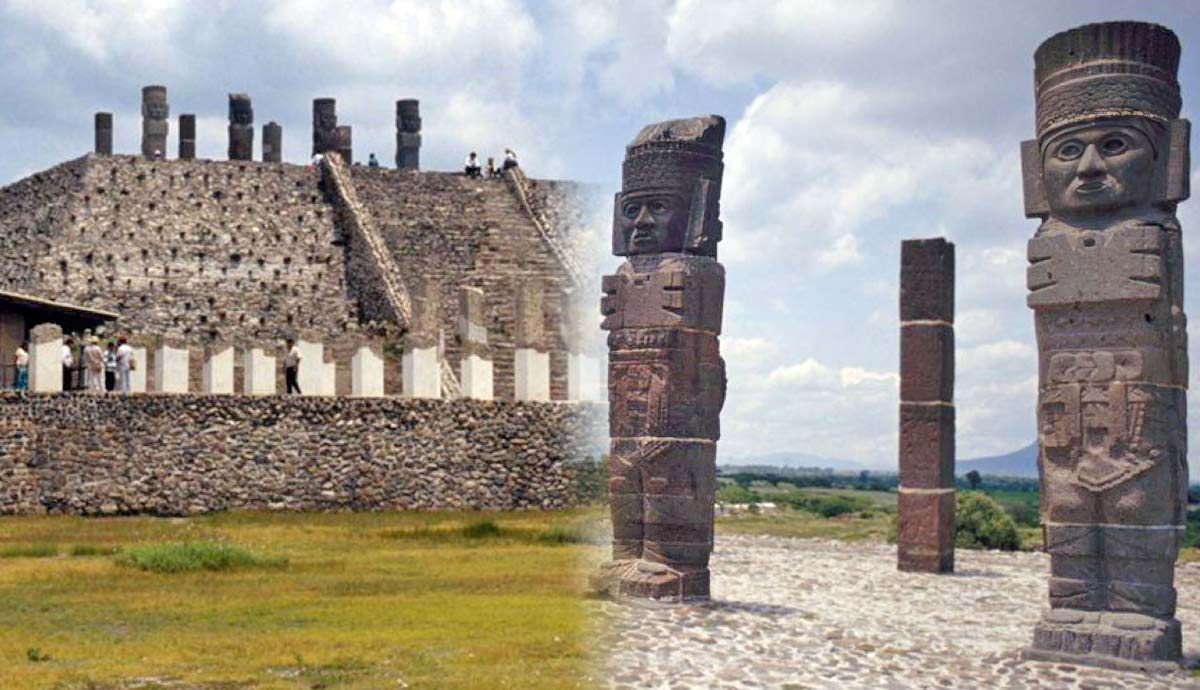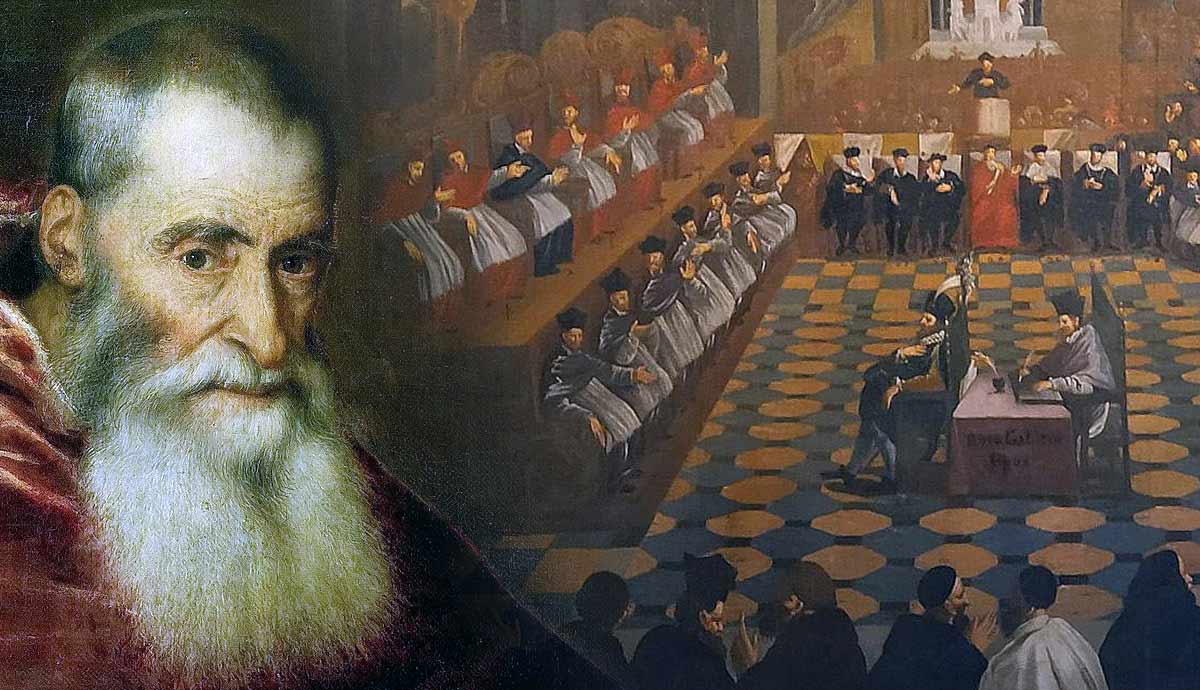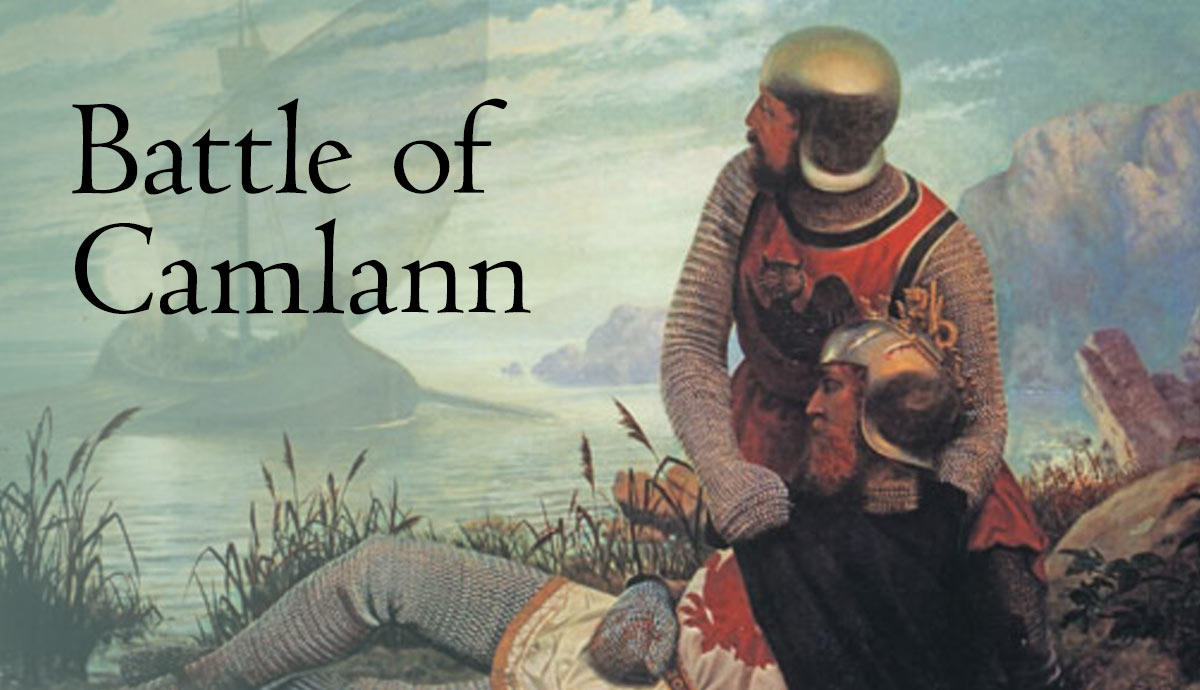
According to the Arthurian legends, King Arthur was mortally wounded at the infamous Battle of Camlann. This was the culmination of a civil war between Arthur and his nephew, Mordred. The historicity of this legendary account is seriously questioned by modern scholars. Nevertheless, the Arthurian legends are generally set in real locations. Therefore, regardless of the historicity of the battle or even of Arthur himself, the issue of where Camlann was is a legitimate area of investigation. Many scholars have tried to answer this. What does the evidence indicate?
What Was the Battle of Camlann?
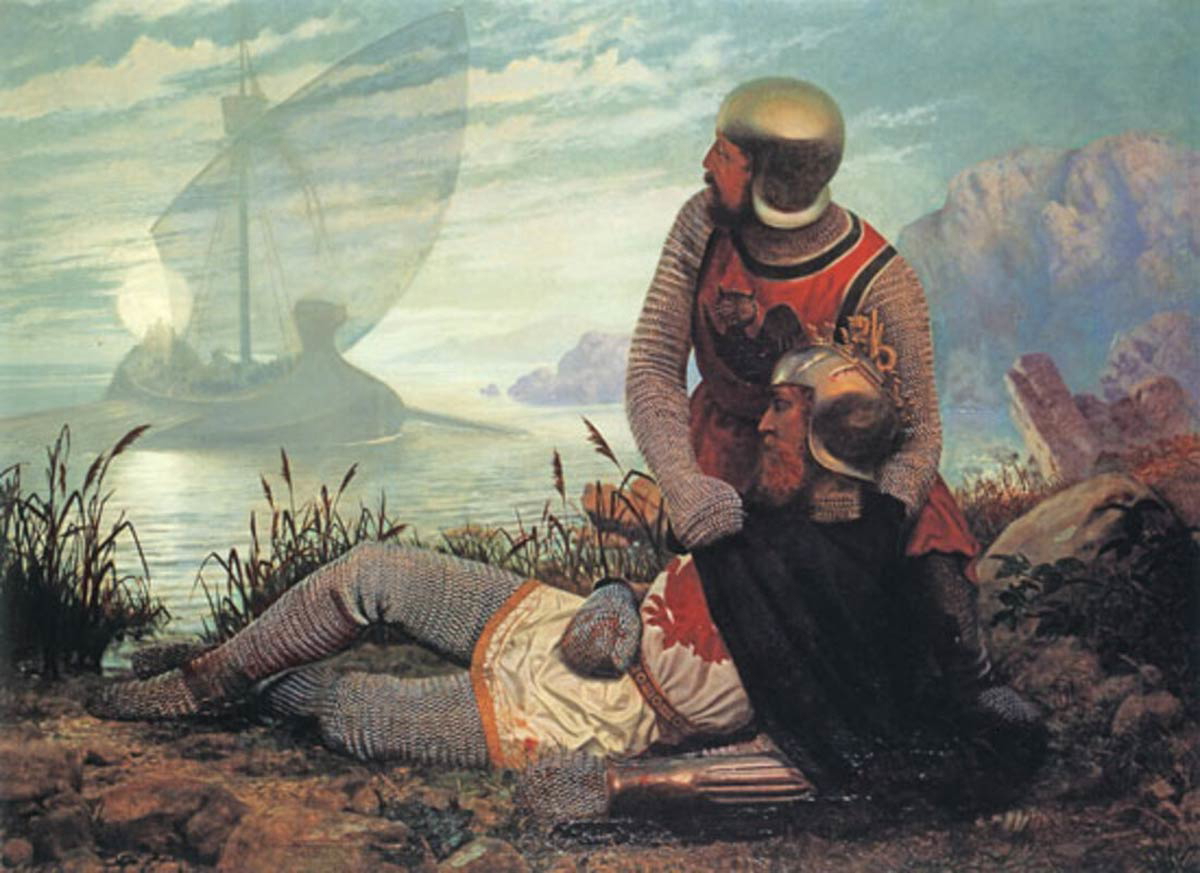
In the Arthurian legends, the Battle of Camlann is the climax of Arthur’s civil war against Mordred. According to most versions of the legend, King Arthur left Britain to fight in Gaul for some time. While he was away, Mordred tried to usurp his throne. Mordred was originally portrayed as Arthur’s nephew, although later versions turn him into Arthur’s own son. In any case, after Arthur heard of Mordred’s usurpation, he rushed back to Britain.
Several battles were fought between Arthur and Mordred. However, this process was predominantly marked by Mordred fleeing as Arthur pursued him. Eventually, the two armies had their final clash at a place called Camlann. Here, a fierce and bloody battle took place, resulting in the defeat of Mordred’s army. It was also crushing for Arthur’s own army, with Arthur himself being mortally wounded. This battle thus led to the end of Arthur’s legendary reign, according to medieval accounts.
The Battle of Camlann in Geoffrey of Monmouth’s Historia Regum Britanniae
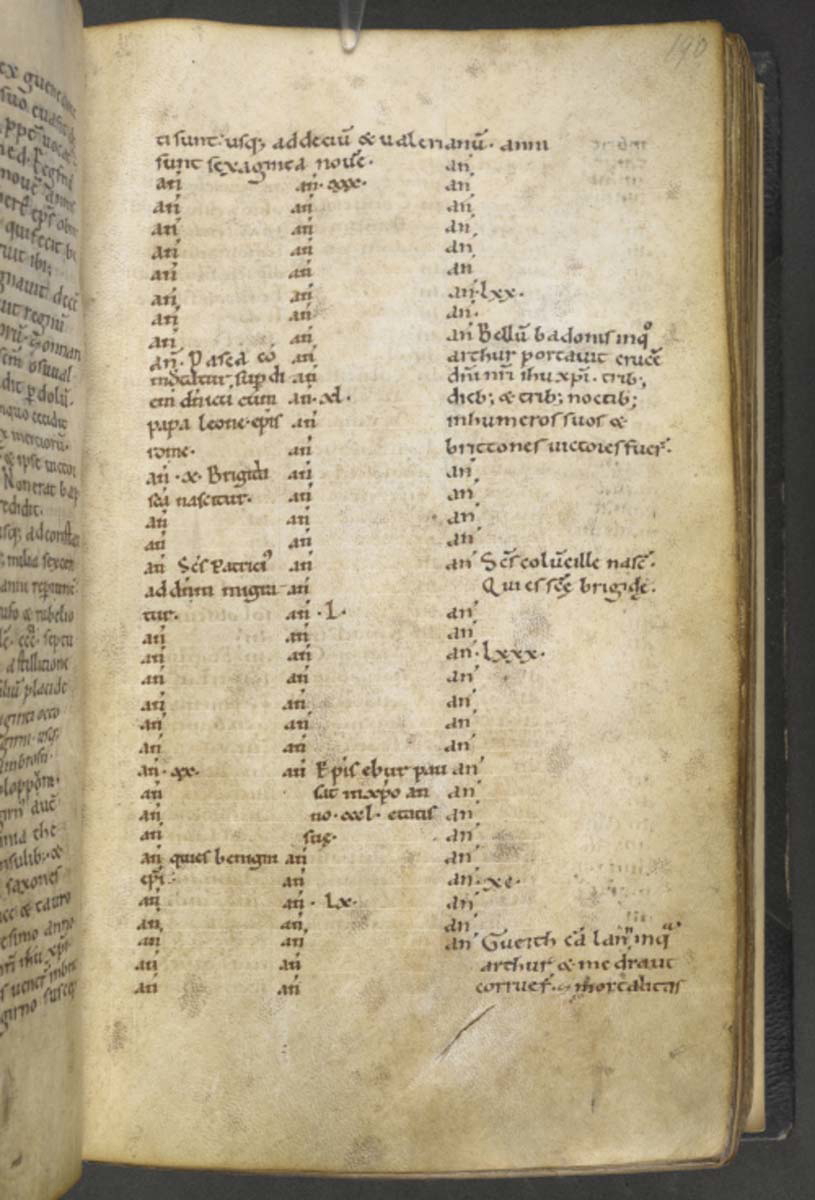
The earliest reference to the Battle of Camlann is in the Annales Cambriae, a 10th-century chronicle written in Latin. This simply tells us that it was fought and that it involved Arthur and Medraut (Mordred). It does not tell us anything more than this, although it does refer to the battle as a “gueith.” The use of this Welsh word implies that stories about this battle were already well-known within Welsh tradition prior to the composition of the Annales Cambriae.
However, the earliest source that provides a detailed account of the battle is Geoffrey of Monmouth’s Historia Regum Britanniae, written in c. 1137. According to his account, the initial battle between Arthur and Mordred occurred at Richborough. Arthur then pursued Mordred’s army to Winchester, where a siege took place. Finally, they reached Camlann. Geoffrey’s narrative and spelling identify this as the Camel River in Cornwall.
Therefore, the earliest known identification of Camlann says that it was in the West Country. However, what do modern scholars believe about the location of this battle site?
Camboglanna
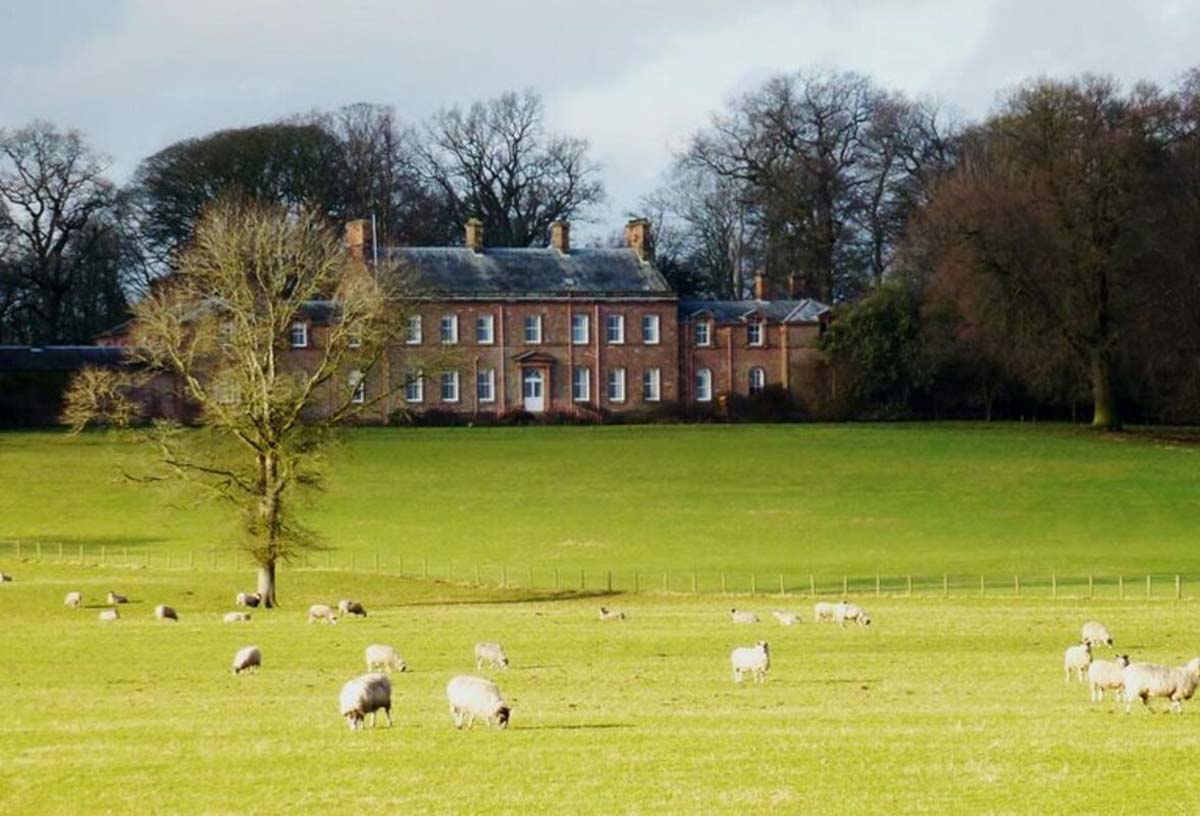
Modern scholars generally reject any connection between the place names “Camel” and “Camlann.” A popular suggestion, which does have some academic support, is that Camlann should be identified as Camboglanna. This was the name of a Roman fort along Hadrian’s Wall. It is at modern-day Castlesteads.
The name of this site makes it an attractive possible location for the site of Camlann. It was common for the consonant cluster “mb” to be reduced to just “m” in Welsh, and the “g” also had a tendency to disappear in certain cases. Scholars agree that “Camboglanna” could indeed have evolved into “Camlann” in Welsh over time.
The problem is that this name should have actually taken the form “Camglann” by the time the Annales Cambriae was written in the 10th century. Since no 10th-century manuscript of the Annales Cambriae is known to exist today, it is possible that a later scribe simply modernized the spelling. Nonetheless, this linguistic issue does weaken the theory.
What the Welsh Tradition Reveals
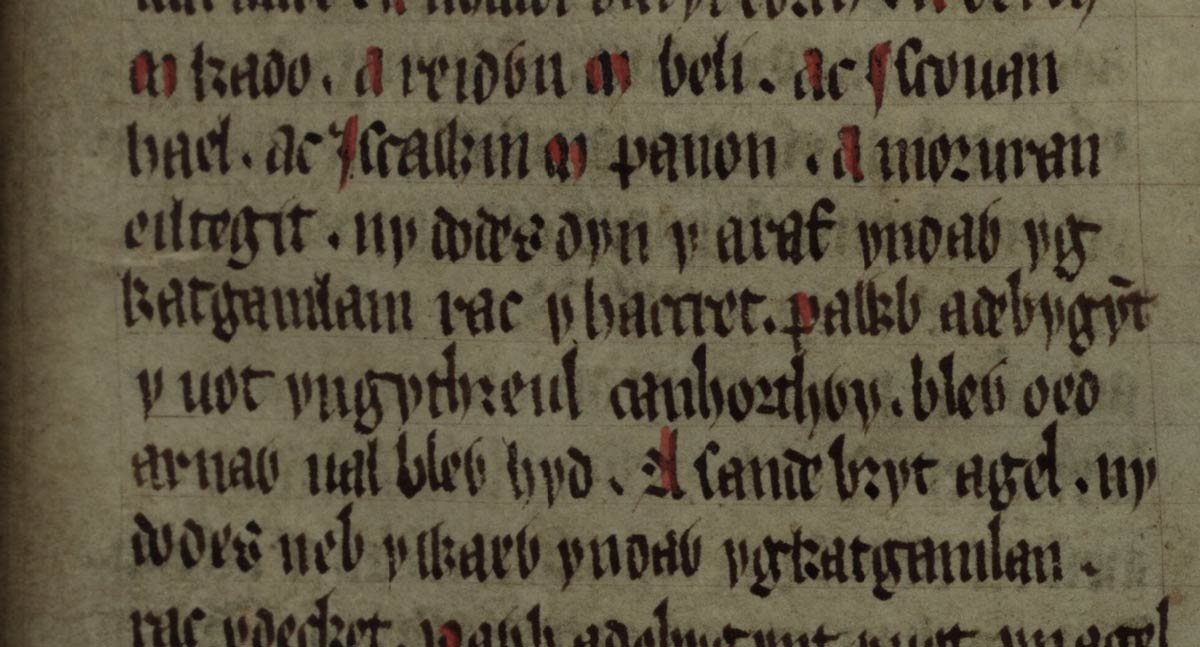
It is worth considering what Welsh tradition claims about the Battle of Camlann. Although it does not provide any extensive details about the battle’s location, it does provide some interesting information. For example, the Welsh tale Culhwch and Olwen, likely written in c. 1100, records three alleged survivors of the battle.
One of them was Morfran ap Tegid. His father, Tegid, is associated with Penllyn in northwest Wales. Another was Cynwyl, who appears to be connected to Abergele in North Wales, along with several locations along the western coast of Wales, from the north to the south. The third survivor is Sandde, who is generally associated with the region between North Wales and the border of Scotland.
This information alone does not provide us with enough information to firmly place Camlann in any particular location. Nonetheless, it is notable that their areas of activity seem to generally overlap around North Wales.
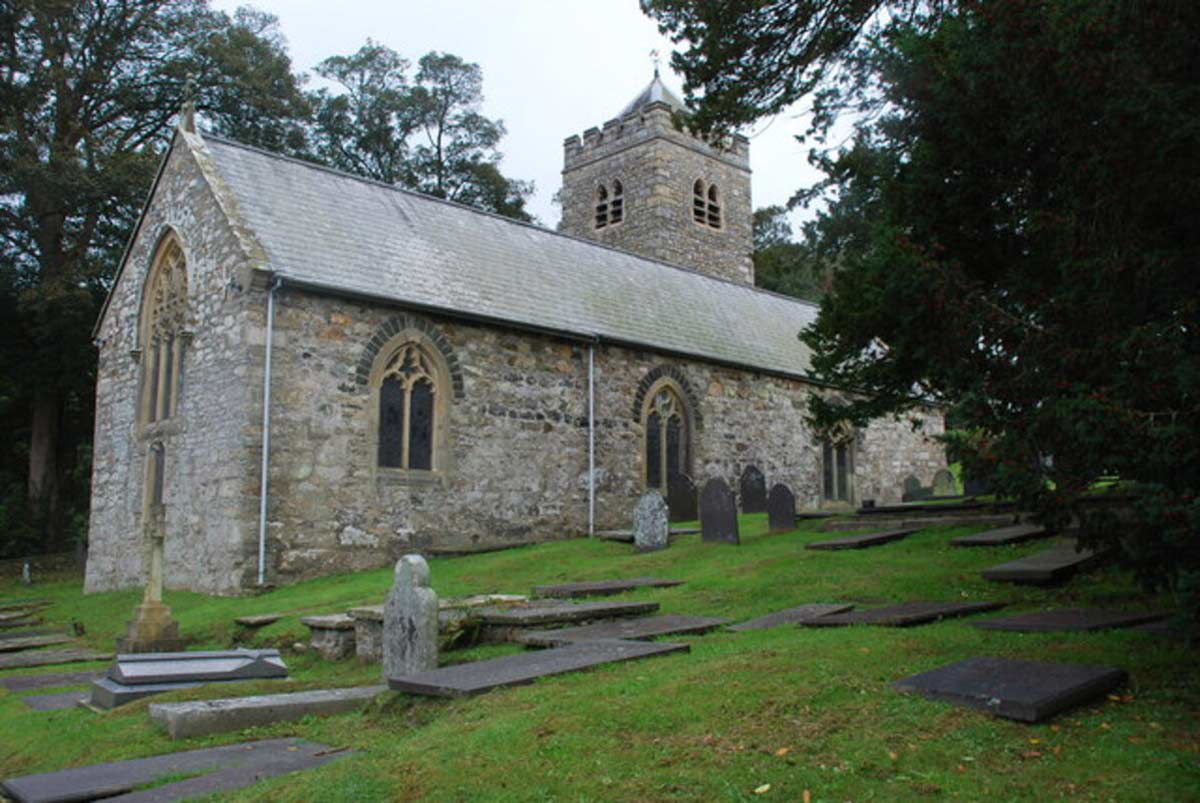
Another figure elsewhere recorded as a survivor of the Battle of Camlann was Saint Petroc. Unlike the three survivors mentioned in Culhwch and Olwen, Petroc is mainly associated with Cornwall and the South in general. Nevertheless, there is a site dedicated to him in Gwynedd, northeast Wales. At Llanbedrog, there was a relic called Gwayw Pedrog, which translates to Petroc’s Spear. The legend about Petroc surviving the Battle of Camlann specifically says that he survived it “through the might of his spear.”
Therefore, of all the locations with which Petroc is associated, it is his dedication in northwest Wales that has the clearest connection to the Battle of Camlann.
Furthermore, the Stanzas of the Graves connects the grave of a character named Osfran with Camlann. As early as the 12th century, the Welsh poet Llywelyn Fardd I mentioned Osfran in association with a church in Tywyn, Merionethshire. This is in northwest Wales, not too far from the aforementioned Llanbedrog.
Camlann in Wales
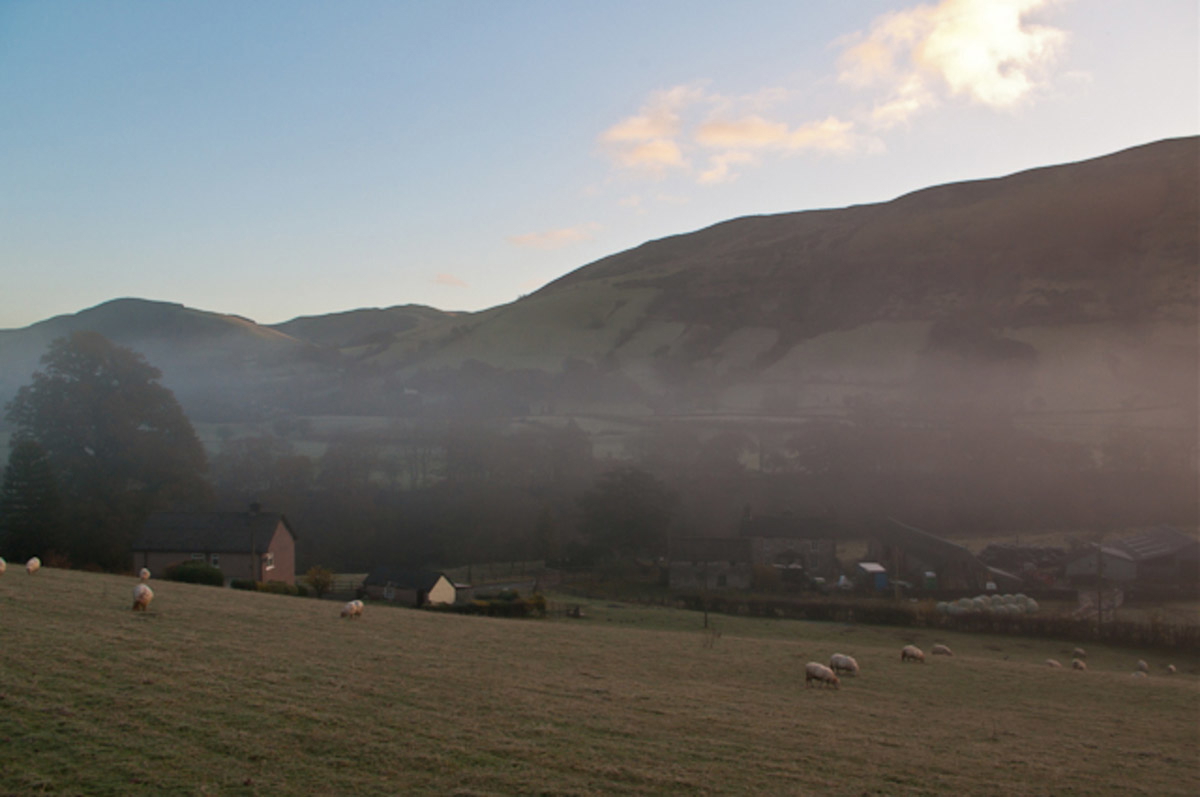
Based on this evidence, some scholars have argued that the Battle of Camlann occurred in northwest Wales. Similarly, there are other scholars who hold that the medieval Welsh believed that Camlann was in that area. As it happens, there was indeed a place with essentially that exact name in Wales. Today, the place is called Camlan Uchaf. The site of the Battle of Camlann is often recorded with only one “n” in medieval Welsh manuscripts, matching the spelling of this place’s name, Camlan Uchaf. This is southeast of Dolgellau in northwest Wales.
There is also a location named Afon Gamlan not too far away, northwest of Dolgellau. On the basis of some of the aforementioned evidence, scholar Patrick Sims-Williams suggested that Llywelyn Fardd I considered one of these locations to have been the Camlann of Arthurian tradition. The local place name evidence also supports Camlan Uchaf as the more likely of the two. To provide just one of several examples, there is a place called Bryn Cleifion, meaning “Hill of the Wounded.”
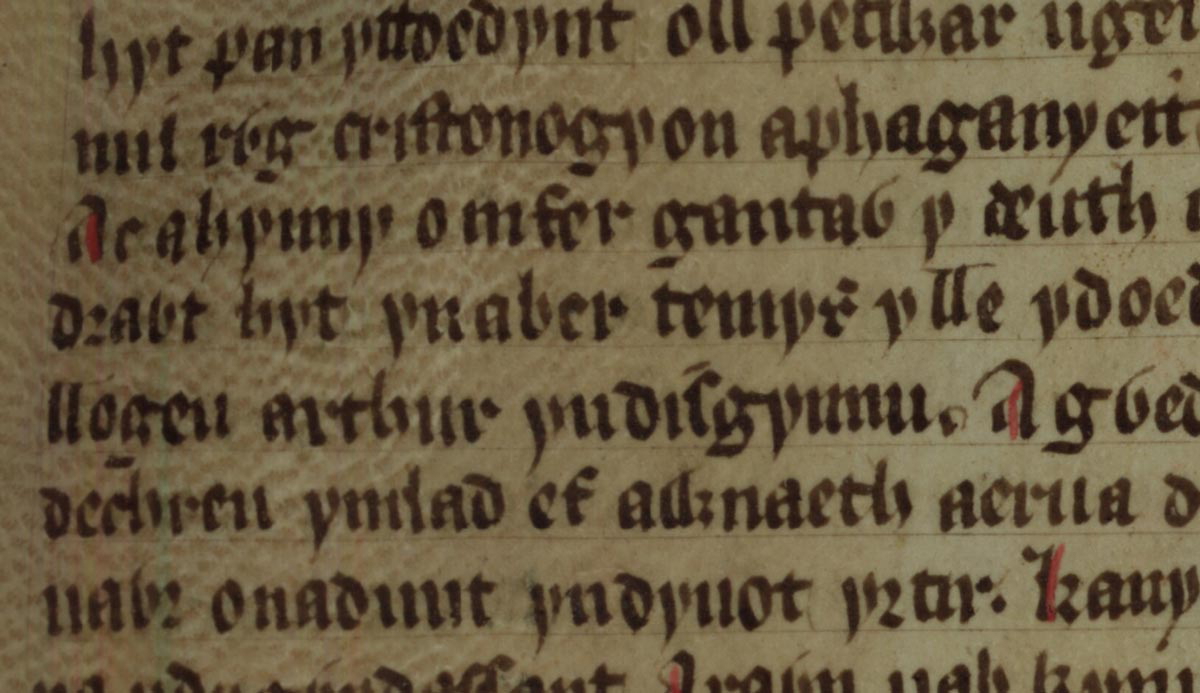
This location is consistent with the evidence regarding the supposed survivors at Camlann in Culhwch and Olwen. Furthermore, it appears to be supported by some Welsh translations of Geoffrey of Monmouth’s narrative about the battle. Regarding the site where Mordred and Arthur had their first clash after Arthur tried to return to Britain, Geoffrey’s location of Richborough is obviously unhistorical. It was thoroughly within Saxon territory in the 6th century. However, some Welsh translations rendered this place name “Aber Temys.” This refers to the mouth of the Thames. Again, this is obviously unhistorical.
However, it is possible that the text should have read “Aber Teifi,” since the letters “m” and “f” were often exchanged in medieval Welsh manuscripts. This was the site of a prominent port on the west coast of Wales, where Cardigan now is. If this is where Mordred and Arthur had their initial conflict, then a route inland and along the nearest Roman road (which goes up the side of Wales) would have taken them almost directly past Camlan Uchaf.
Without confirming the historicity of the legendary battle itself, this interpretation makes geographical sense of the tradition.
The Likely Location of King Arthur’s Legendary Battle of Camlann
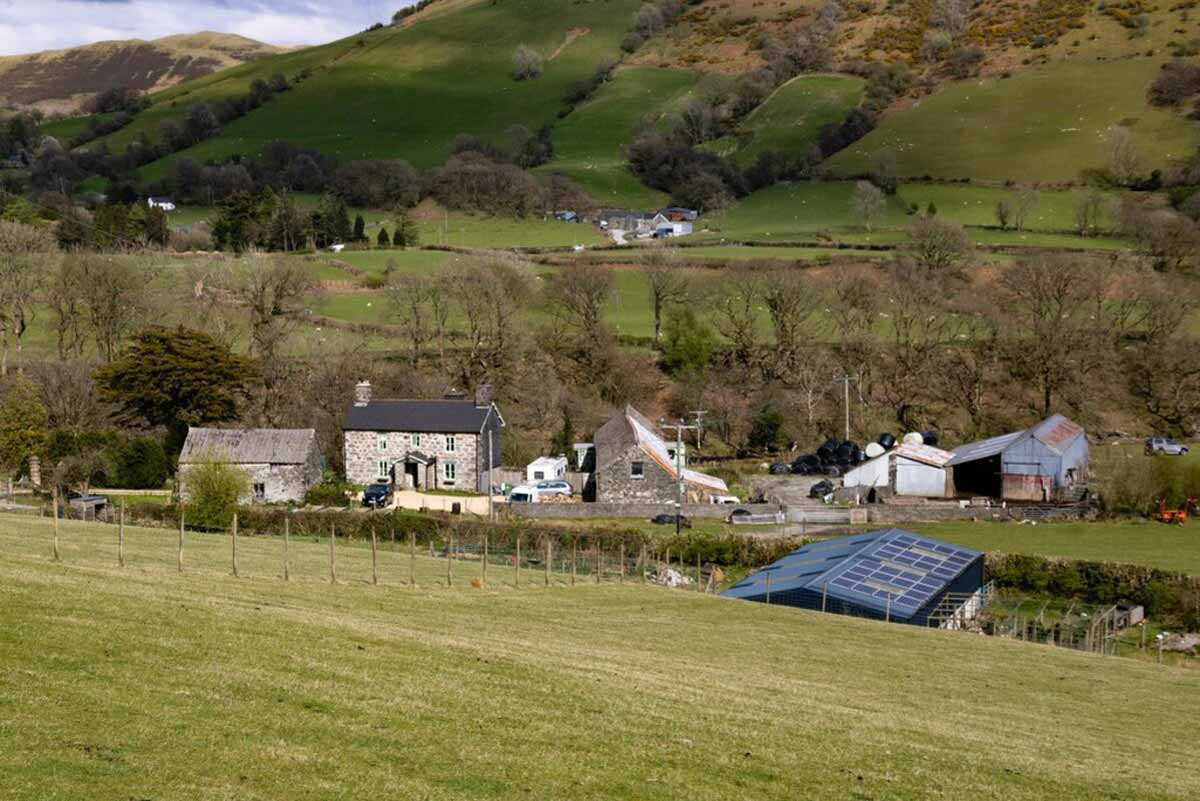
In conclusion, we cannot say with complete certainty where the Battle of Camlann really took place. Nevertheless, there is strong evidence that it occurred in modern-day Camlan Uchaf. As well as having exactly the right name for this battle site, local place names referring to slaughter support this identification. It also harmonizes well with the fact that the survivors of Camlann mentioned in Culhwch and Olwen were broadly associated with western or northern Wales. The evidence from Petroc, another alleged survivor, also supports a location in northwest Wales, as does the tradition about Osfran.
Finally, we have also seen that Welsh translations of Geoffrey of Monmouth’s narrative arguably support this identification as well. The obviously incorrect “Aber Temys” in reference to Arthur and Mordred’s initial conflict could be plausibly interpreted as a mistake for “Aber Teifi,” where Cardigan now is. From there, a logical route taken by a fleeing army would lead them very close to Camlan Uchaf. Therefore, the weight of evidence strongly supports the conclusion that this was the site of Arthur’s legendary Battle of Camlann.
